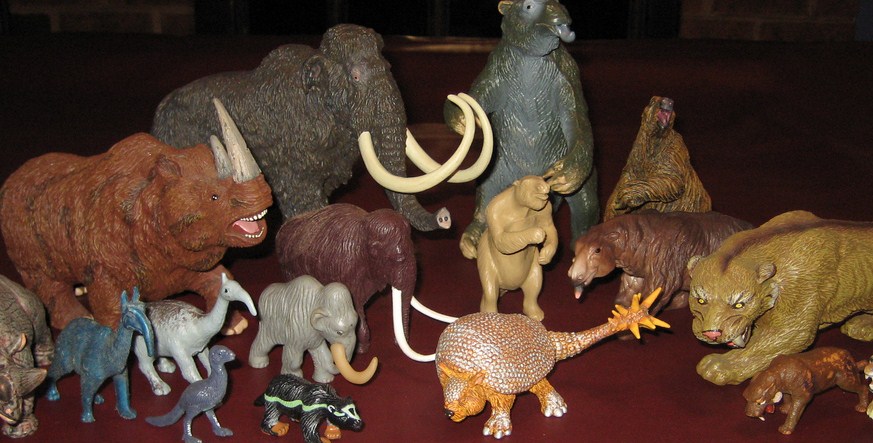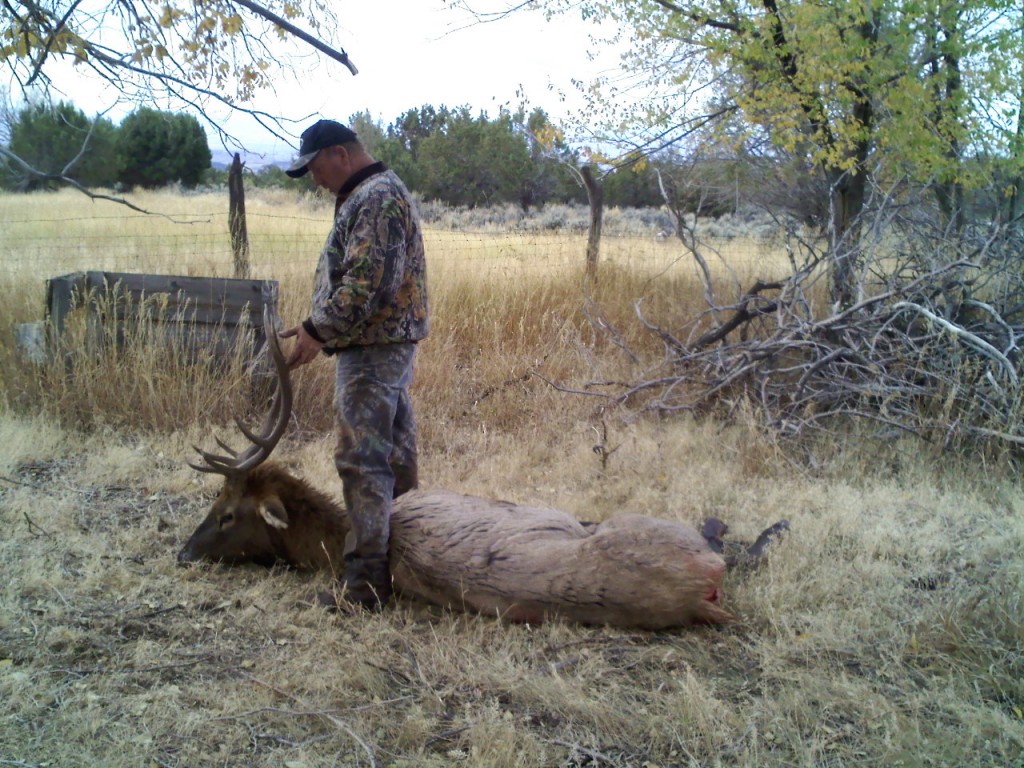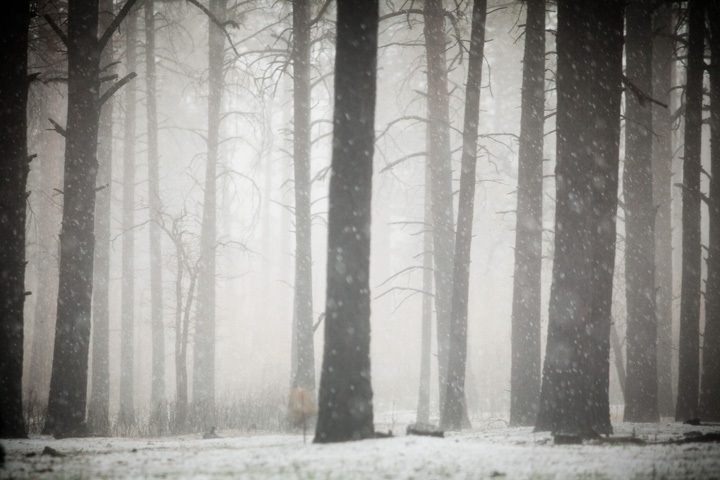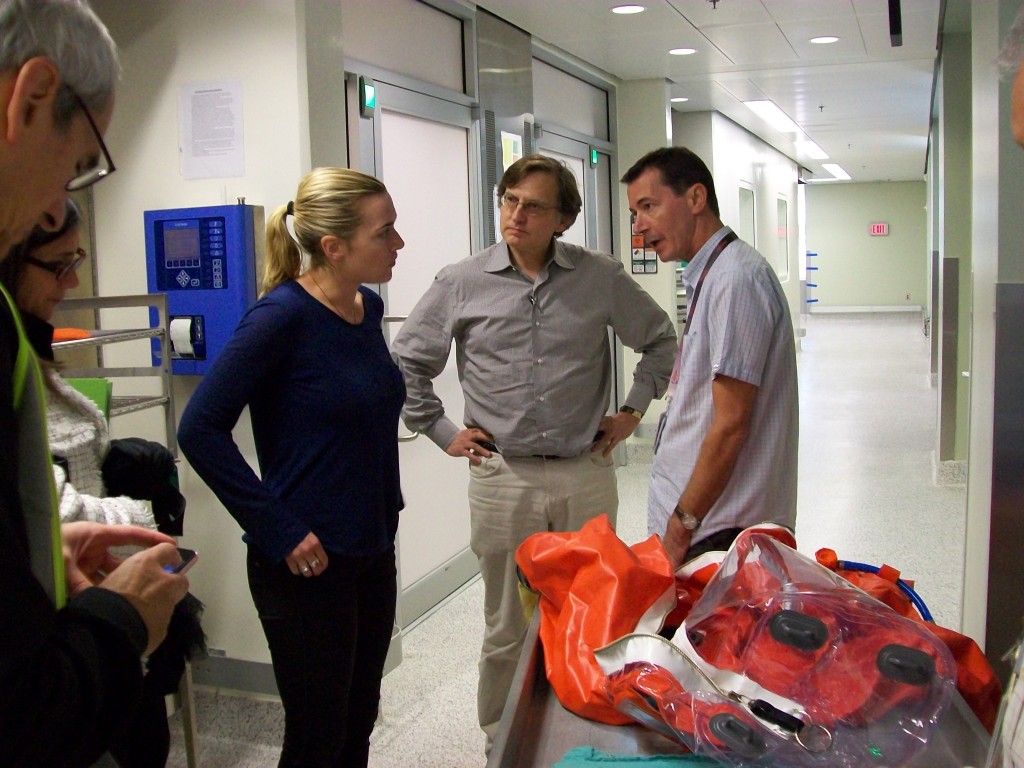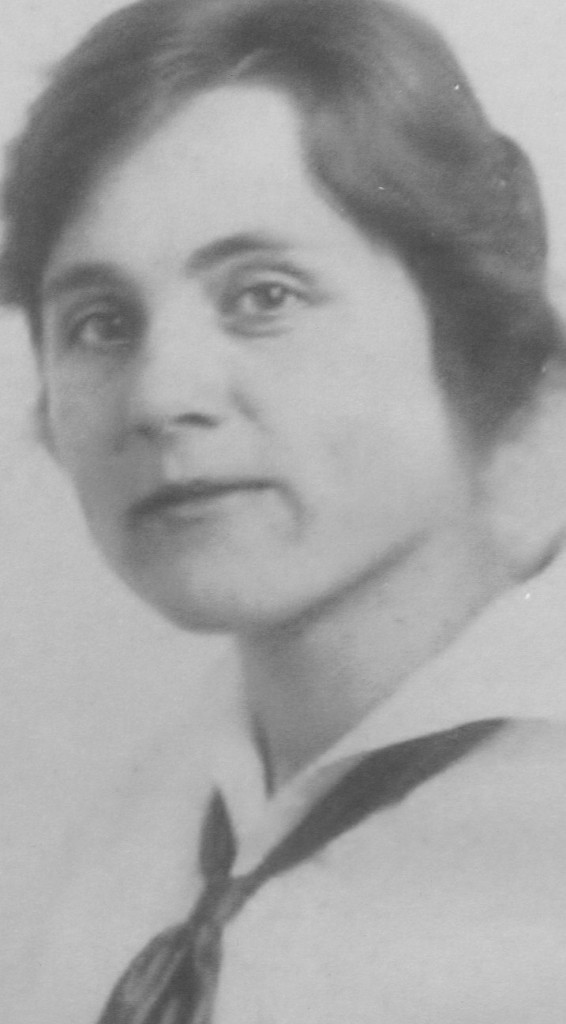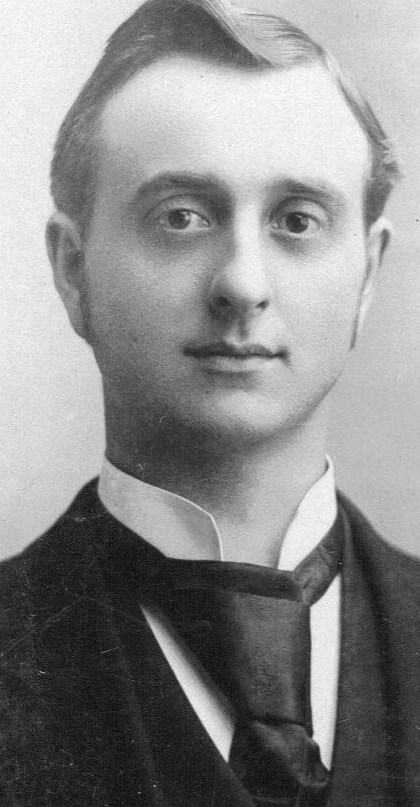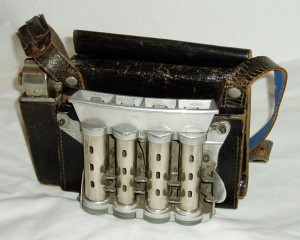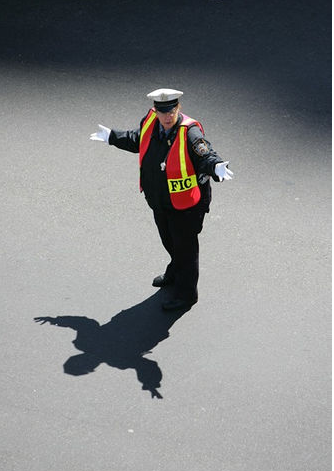 The news of a detection of faster-than-light speed neutrinos by the OPERA experiment stunned the physics and astronomy community last week. I read the paper, and I listened to the talk from Geneva over the Web. This is seriously weird stuff! Faster-than-light speed neutrinos!? The talk was filled with wonderfully arcane geodetic methods for measuring the line-of-sight difference between a proton beam in Geneva and a cave in Italy 730 kilometers away. We experimentalists eat this stuff up. It is so cool to say you can measure the underground distance to an accuracy of 20 centimeters over such a distance, just like it is cool to say that we can measure the changing distance to the Moon to a millimeter or so.
The news of a detection of faster-than-light speed neutrinos by the OPERA experiment stunned the physics and astronomy community last week. I read the paper, and I listened to the talk from Geneva over the Web. This is seriously weird stuff! Faster-than-light speed neutrinos!? The talk was filled with wonderfully arcane geodetic methods for measuring the line-of-sight difference between a proton beam in Geneva and a cave in Italy 730 kilometers away. We experimentalists eat this stuff up. It is so cool to say you can measure the underground distance to an accuracy of 20 centimeters over such a distance, just like it is cool to say that we can measure the changing distance to the Moon to a millimeter or so.
Immediately all scientists began to play with this concept. It is one of the most fun things in science—to be liberated from whatever fussy Standard Model we have, and be allowed to explore a possible new direction for our ideas and experiments.
